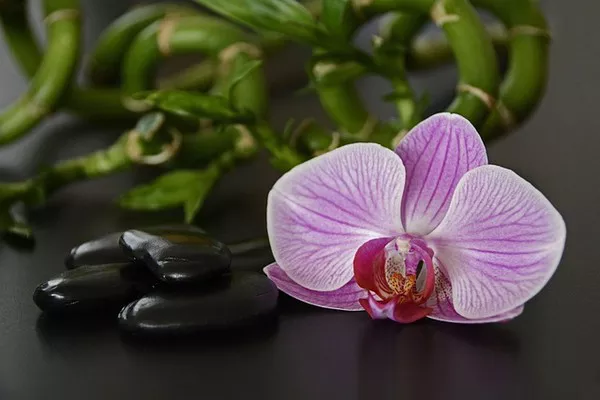In the ever-evolving landscape of horticulture, the year 2023 has proven to be a generally prosperous one, with companies reporting good financial health on average. However, the industry is not without its concerns, as entrepreneurs brace for potential cost increases in the near future. Key themes such as labor, crop protection, and water management are also occupying the minds of horticultural enterprises.
According to the latest Rabo Horticulture Barometer, the industry boasts a score of 7.3, marking a slight uptick from the previous quarter’s 7.1. This positive trend is reflected across all subsectors, where businesses are reporting varying degrees of success.
Greenhouse horticulture businesses, particularly those equipped with Combined Heat and Power (CHP), have demonstrated an ability to manage energy costs effectively through robust energy management practices. However, looming government measures raising energy prices for horticulture pose a potential challenge. The recent extension of the reduced tariff phase-out from five to 10 years is a welcome development, providing some relief. The anticipated energy cost increase might stimulate investments in energy-saving initiatives, given that many companies have room for such investments. Nevertheless, the constraints of the electricity grid pose limitations on companies’ energy transition efforts.
In the realm of greenhouse vegetables, the pricing of tomatoes and peppers has been notably robust throughout the year, surpassing the average of the past five years. Despite slightly lower productions, largely attributed to delayed planting dates, the revenues generated may offset increased costs. Encouragingly, the cucumber market has shown signs of recovery in the third quarter, with both production and prices expected to align with the five-year average in 2023.
Conversely, floriculture under glass, especially in the case of ornamentals, has faced challenges, with prices experiencing a dip during the (hot) summer months due to reduced demand from key markets like Germany and the UK. The industry is closely monitoring demand fluctuations, especially during critical periods like Christmas and Valentine’s Day. The competition has intensified with the resumption of supply from Africa, driven by lower airfares. Additionally, the conflict in Israel has led to limited supply from that region.
Within potted plants, the supply and demand dynamics of phalaenopsis have seen improvement after a thorough cleanup of the area. The market balance has notably strengthened. However, other potted plants face price pressure, attributed to reduced consumer spending during the summer months.
As horticulture continues to navigate the challenges and opportunities presented in 2023, industry stakeholders remain vigilant, seeking innovative solutions to maintain the sector’s resilience and sustainability.


